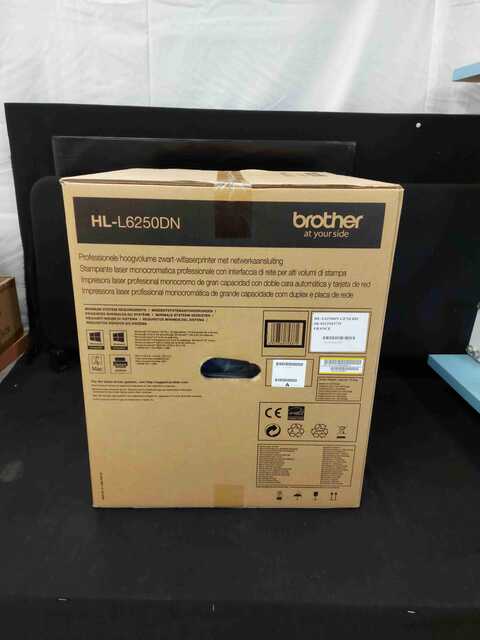The Business Model for the 21st Century
In most discussions about the business case for sustainability, the emphasis has been on the bottom line. The value of sustainability has been analyzed from every direction—revenues, profits, and share prices—and it is clear that, in some circumstances, sustainability can pay off. However, sustainability is more than just about firm-level benefits. Businesses, business schools, and society recognize that the current course of production and consumption cannot be sustained within our natural resource limits.
Businesses develop the products and services consumed by individuals around the world. The vast resources extracted by business for society’s use have created waste streams that find their way into our land, air and water and compromise human health. New businesses are being built on an understanding of the problems that have emerged through the 20th century. Increasingly, old businesses are evolving to use fewer resources, intensify the resources they do use, and renew and reuse the products they sell. New relationships are forming between businesses as firms realize synergies from interdependence; one firm can profit from another’s waste, or several firms can benefit through flexible supply chain relationships built on common interest.
The 21st century will reveal a new paradigm in which business is no longer separate from society. Realizing the new “business-as-society” paradigm will require the efforts and ingenuity of organizations across sectors and industries. It will challenge the current generation of business leaders to apply their hard-won knowledge to novel problems, and the next generation to cut their teeth on issues of unprecedented importance and complexity. Those businesses that identified the hurdles and challenges described in this report, along with those businesses that aim to overcome them, will help to shape this new business landscape. The concept of sustainability is undeniably compelling. Done right, both business and society benefit.
Source: IVEY Business Journal - Social Responsibility - January / February 2011









 …
…